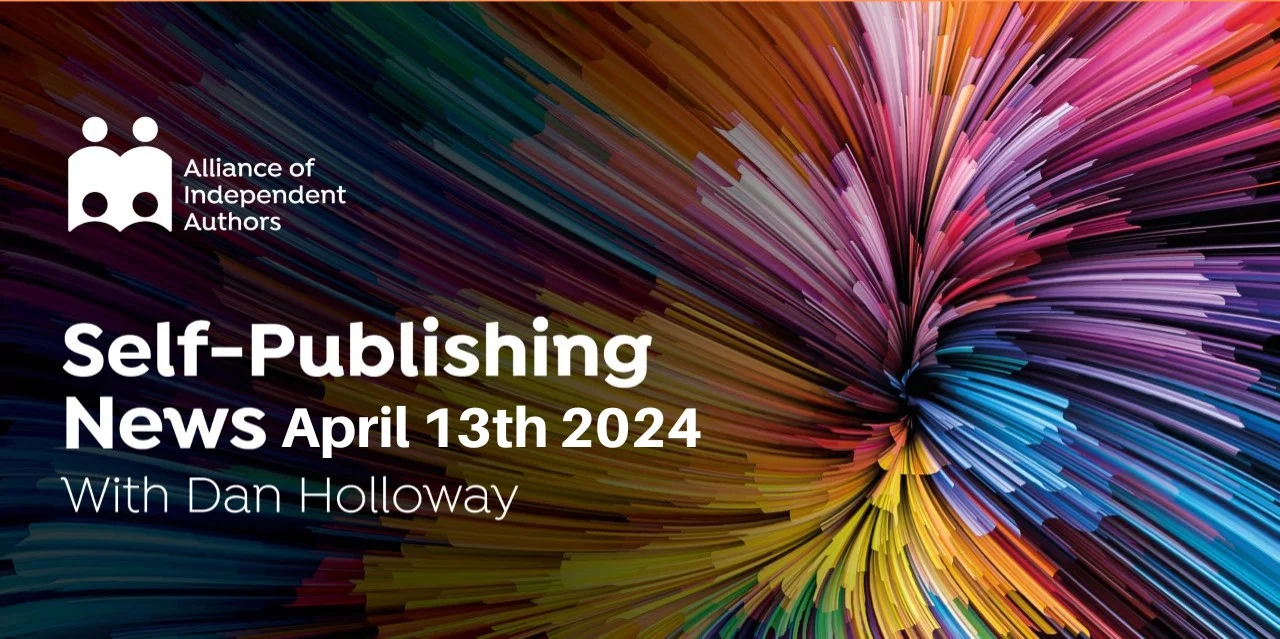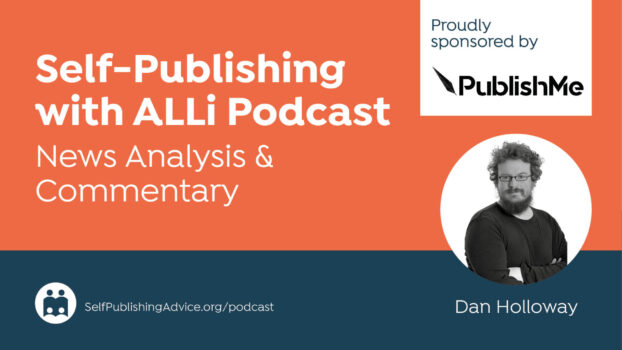
ALLi News Editor, Dan Holloway
This feels like one of those months where sustainability stories are coming at once. Last week, I reported on Storytel’s fascinating annual report which shed a spotlight on the relative carbon impact of print and audio. This week, it’s the turn of HarperCollins to tell us about what they’re doing to improve their sustainability credentials.
That was enough to pique my interest. Then I saw the story contained details of the print format of Bibles and, as someone who (mis)spent a decade of their lives as a theology student, I was hooked. It turns out that HarperCollins discovered that by making a simple tweak to their fonts, they could make a massive difference to the number of trees felled for their books. They haven’t had to lower their pointage. Nor, it seems from the comparative images, have they lost the margins that make books readable. What they have done is change one basic serif font, Bembo, for another, Garamond Pro (the one I use in my books).
HarperCollins claims the change has saved them 245.6 million pages, equivalent to over 5000 trees. It follows the model of their Bible printing imprint who estimated that in 2017 they saved 100 million pages by using their new NIV comfort font.
We, of course, have control over the font we use as we do every other aspect of our publishing. It’s great that our sustainability-conscious customers might be able to look to us to take a lead. But I do feel that with print costs for print on demand so tight for us, HarperCollins could probably have come to us a considerable time ago and got the answer they seem to have newly discovered.
And talking of print, it’s been a rough week for small publishing clients of SPD (Small Press Distribution). The company has ceased operating, and with it has gone a host of publishers’ printing arrangements with Ingram, who are no longer fulfilling orders placed through SPD. The Independent Publishers’ Group is holding an emergency meeting to try and support those affected, but it’s another reminder of how fragile supply chains can be.





I love that this article brings sustainability concerns into font choices. It’s a reminder that our sustainability practices should extend to all aspects of publishing.